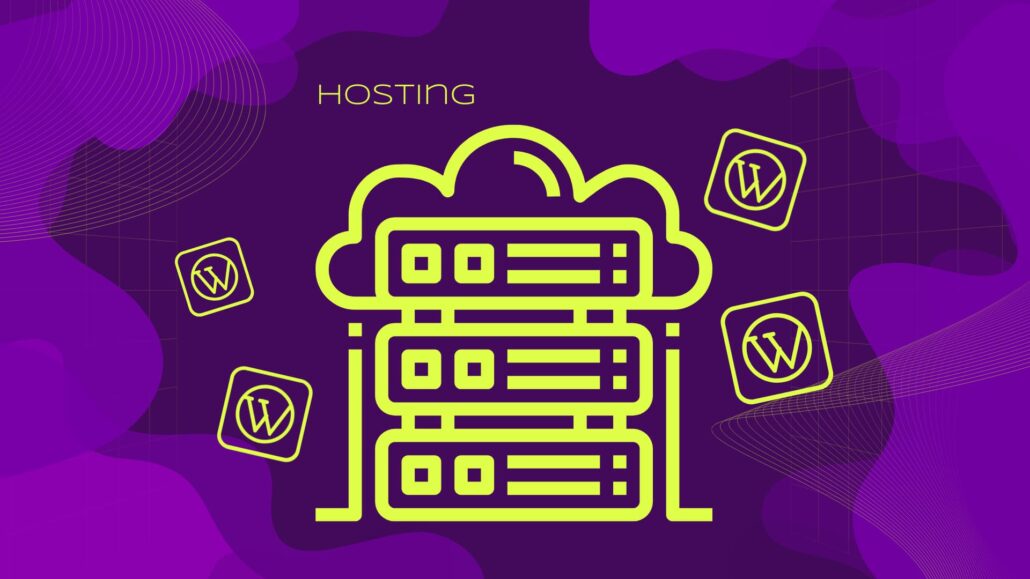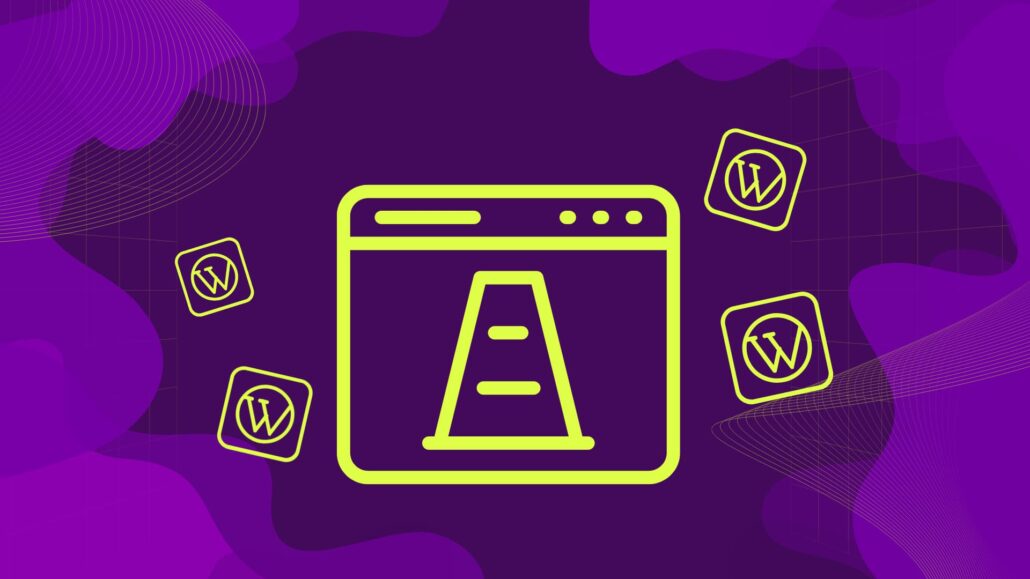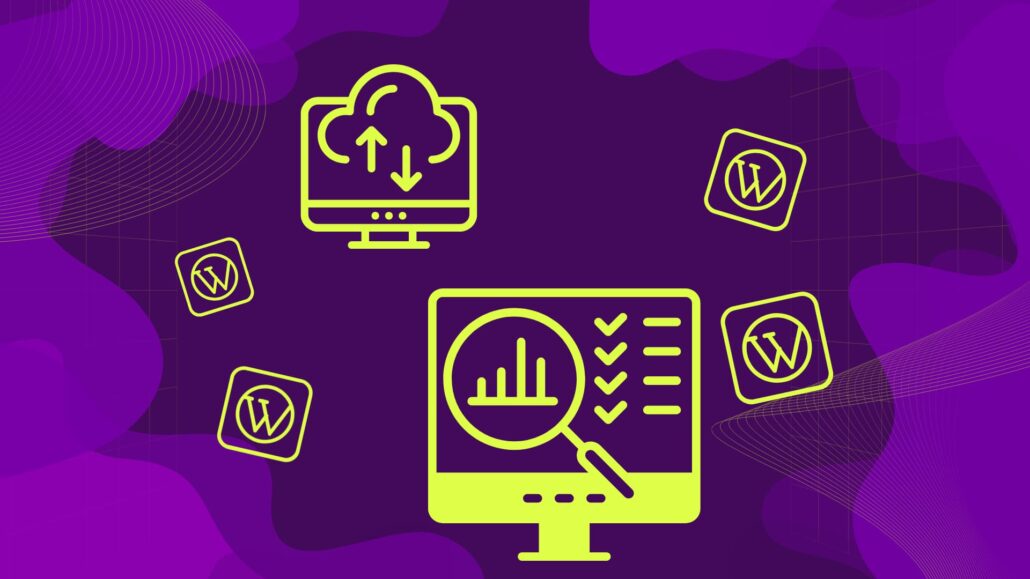So, you’ve started a WordPress site. Congrats! Maybe it’s a blog, an e-commerce store, or the online HQ of your wildly ambitious side hustle. Whatever it is, it’s yours, and it’s growing. Slowly but surely, more people are finding you, and suddenly you’re not just building a website—you’re building a thing. A thing that might crash the moment too many people love it.
Welcome to the weird, wonderful, slightly terrifying world of website scalability.
But before you panic-order another cup of coffee (or let’s be real, your third for the day), take a breath. Building a scalable WordPress site isn’t as impossible as it sounds. It takes a little planning, a little tinkering, and maybe a few techie terms you’ll eventually understand (or at least pretend to when explaining them to your friends). Here’s how to make it happen without losing your sanity—or your audience.
The Humble Beginnings of Every Big Website
Let’s start with a confession: I once had a WordPress blog. It was a chaotic little corner of the internet where I documented my obsession with weird kitchen gadgets and obscure indie movies. It was simple, small, and honestly kind of adorable.
Then one day, a post I wrote about this ridiculous avocado slicer went semi-viral. Suddenly, people were emailing me. Real people. A food blogger linked to me. A gadget review site picked it up. I was living the dream—until my site crashed, taking all my avocado-related glory with it.
Why? Because my cute little blog wasn’t built to handle traffic. It was like trying to drive a go-kart down a highway. Fun, but completely unsustainable.
Lesson One: Start Thinking Big Before You Need To
If there’s one thing I learned from my avocado-induced disaster, it’s this: plan for growth before growth happens. Yes, even if you’re running a tiny blog that only your mom and three friends visit. Because trust me, growth can sneak up on you like a cat trying to pounce on your keyboard.
So, how do you prepare for a surge of visitors without going full Doomsday Prepper?
Pick the Right Hosting Provider (Yes, It Matters)
If you’re still on that bargain-basement $3/month hosting plan, we need to talk. Shared hosting might be fine for the early days, but it’s like renting a single chair at a party—you’re going to need more space eventually.

Look for hosting providers that specialize in WordPress and offer scalability. Managed WordPress hosting (think WP Engine, Kinsta, or SiteGround) is like having a personal butler for your site—automatic updates, backups, and better performance without you lifting a finger.
Optimize Like You Mean It
Remember those overly ambitious resolutions to “declutter your life”? It’s time to apply that to your WordPress site. Plugins are amazing, but too many will slow your site to a crawl. (Guilty confession: I once had 27 plugins running on a single blog. Don’t be me.)
Stick to the essentials. Get rid of plugins you don’t use. Look for multipurpose plugins that can handle several tasks instead of using separate ones for everything. And while we’re at it, consider lightweight themes that won’t bog down your site. Your visitors will thank you, even if they don’t know why.
The Dark Art of Speeding Things Up
Let’s talk about speed for a second. Have you ever clicked on a website, waited longer than two seconds, and thought, “Eh, I don’t care enough to stick around”? Exactly. Your visitors feel the same way.

Use a CDN (Because Geography Matters)
A Content Delivery Network (CDN) is basically like having your site’s content stored in multiple locations around the globe. So when someone in Tokyo visits your site, they’re not waiting for a server in New York to wake up and deliver the goods. Faster loading times = happier visitors.
Cache Like a Pro
Caching is like pre-packing your suitcase before a trip—your site serves up preloaded content instead of scrambling to pull it all together at the last second. Plugins like WP Rocket or W3 Total Cache can help you with this, and trust me, they’re worth it. (Bonus: no actual suitcase required.)
When Growth Gets Serious (a.k.a. Things You’ll Eventually Need)
If your site keeps growing, you’ll hit a point where you need to step up your game. This isn’t a bad thing. It’s like graduating from a cozy starter apartment to a house with an actual backyard—more work, but totally worth it.
Consider a CDN Load Balancer
This is the fancy cousin of regular CDNs. A load balancer makes sure that no single server gets overwhelmed by spreading traffic across multiple servers. It’s like assigning seats at a dinner party so nobody has to squeeze into the one broken chair.
Use a Staging Site for Testing
Once you start getting serious traffic, every little change on your site can feel like a high-stakes gamble. What if a plugin update breaks something? What if a new feature slows everything down? Staging sites are like your site’s personal sandbox—test all the changes you want without risking the live version.

Real Talk: You’re Going to Mess Up (And That’s Okay)
Can I let you in on a secret? Even the most successful websites have had their fair share of oops moments. Maybe you’ll install a plugin that tanks your site speed. Maybe your traffic spikes and your server gives up like an overworked barista. It happens.
The key is to learn from those moments. Treat every crash, every hiccup, and every “Oh no, what did I just do?” as a learning experience. The good news? The internet is full of people who’ve been there, done that, and written about it. Forums, YouTube tutorials, and WordPress communities are your best friends.
Bonus Tips from Someone Who’s Been There
- Backups Are Your Safety Net
Backups are like flossing—everyone tells you to do it, and you’ll regret it if you don’t. Use a plugin like UpdraftPlus or Jetpack to automate backups, and store them offsite just in case. - Monitor Your Traffic Like a Hawk
Tools like Google Analytics or Jetpack’s site stats aren’t just for nerds. They’re how you spot trends, prepare for surges, and figure out what’s working (or what’s not). - Know When to Call in the Pros
Look, WordPress is amazing, but it’s not magic. If you’re in over your head, hire a developer who knows their way around code and server setups. Think of it as investing in your sanity.

The Moral of the Story: Growth Is Messy, but Worth It
Scaling a WordPress site is a bit like raising a puppy. There are moments of chaos, a steep learning curve, and occasional feelings of, “What was I thinking?” But with patience, effort, and a few missteps along the way, you’ll end up with something you’re proud of.
And hey, even if you never plan on becoming the next big thing in your niche, building a site that can handle whatever comes your way feels pretty darn good. So go forth, optimize, and scale like the internet hero you are. And if you ever need a reminder that even the pros started small, just think back to my avocado slicer debacle. It’s proof that every crash can lead to a comeback.


